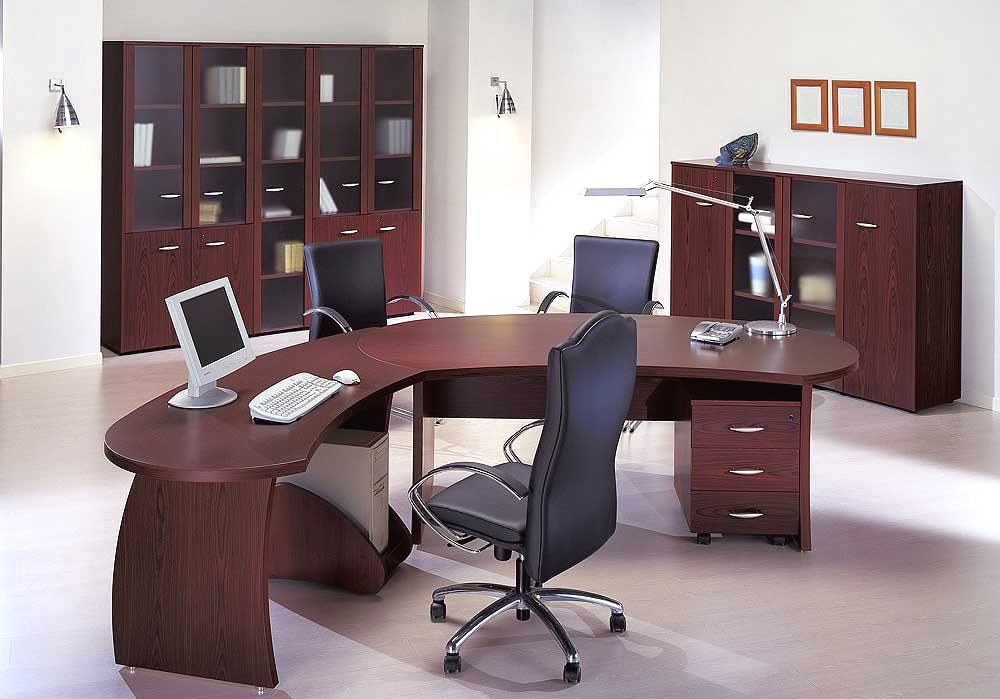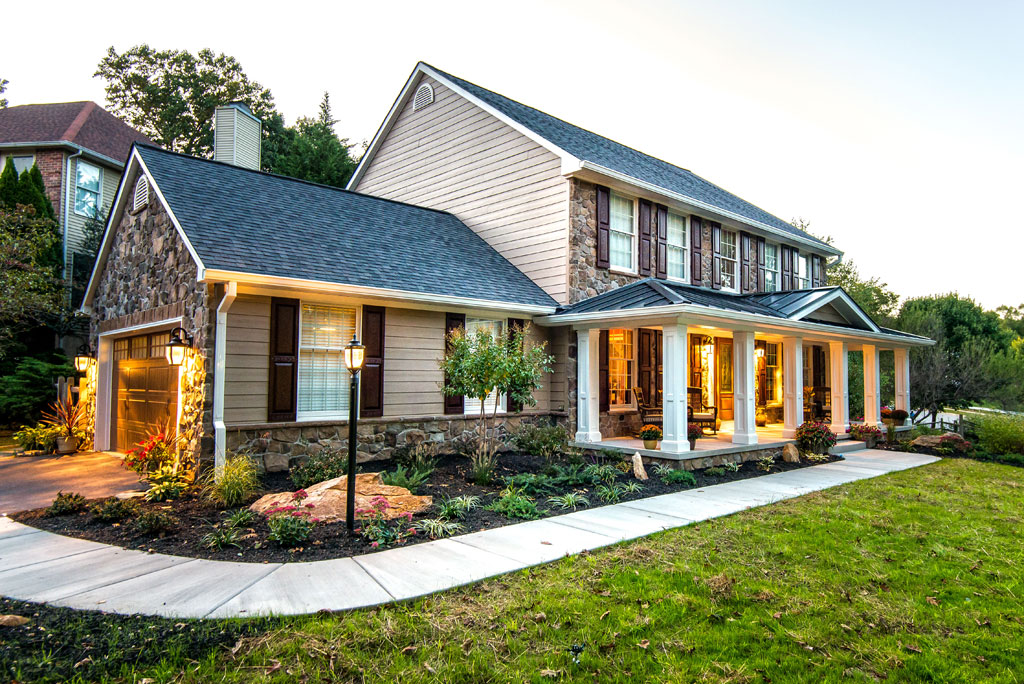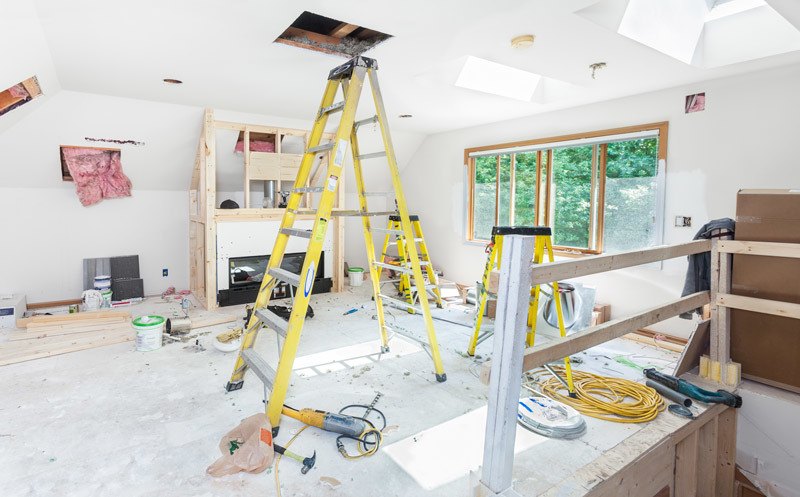The size of stage required for to meet your needs is an obvious consideration, but shape also plays a role in the effect and impression generated. Traditional theatre-style design frames those on stage and can be helpful when creating perspective effects with scenery – making even a smaller stage appear to have more depth. Other productions may use ‘theatre in the round’ which allows observers to see from more angles, although this can make speaking more logistically difficult.
A compromise solution that has been successful historically is the ‘apron’ or ‘thrust’ stage – a stage that juts out into the audience, as in Shakespeare’s globe, allowing speakers or performers more room to move about and engage with the audience as well as a range of viewing angles. When considering the look and feel you’re trying to generate with your stage, bear in mind that some rental companies may be able to help you with these design elements – talk to the professionals when you hire your stage.
You may have to consider acoustics when locating your stage, particularly if you are also renting or using a sound system. Ensuring those on stage can make themselves heard clearly is as important as making sure they can be seen, so an appropriate lighting set up is also a factor – if you decide that it’s required then make sure you make arrangements for what you need with your stage hire company, as setting up such systems can be complicated and should comply with safety regulations.
For an outdoor event, you’ll also want to consider what weather to expect in the planned location. Deciding whether to provide cover for the performance in case of range is a consideration (as is cover for the backstage area if required). While this solves one problem it does raise another issue worth thinking about – a good covered stage is robust and reliable, but this can increase wind resistance compared to an open set up, which could cause problems if there are high winds on the day (in extreme cases, safety concerns may force abandonment/postponement of an event). It’s best to seek out an established and reputable company, primarily of course for safety, but also to ensure that technical problems don’t interrupt or draw focus from your event unnecessarily.
Some companies will offer full construction and dismantlement of the stage itself, which helps ensure that your stage is sturdily assembled, as well as removing another logistical headache for the event organiser. Don’t forget that even if you’re protected from the wind and rain, British summertime can still occasionally take us all by surprise – watch out for the location of the sun to avoid glare interfering with viewing the stage.



